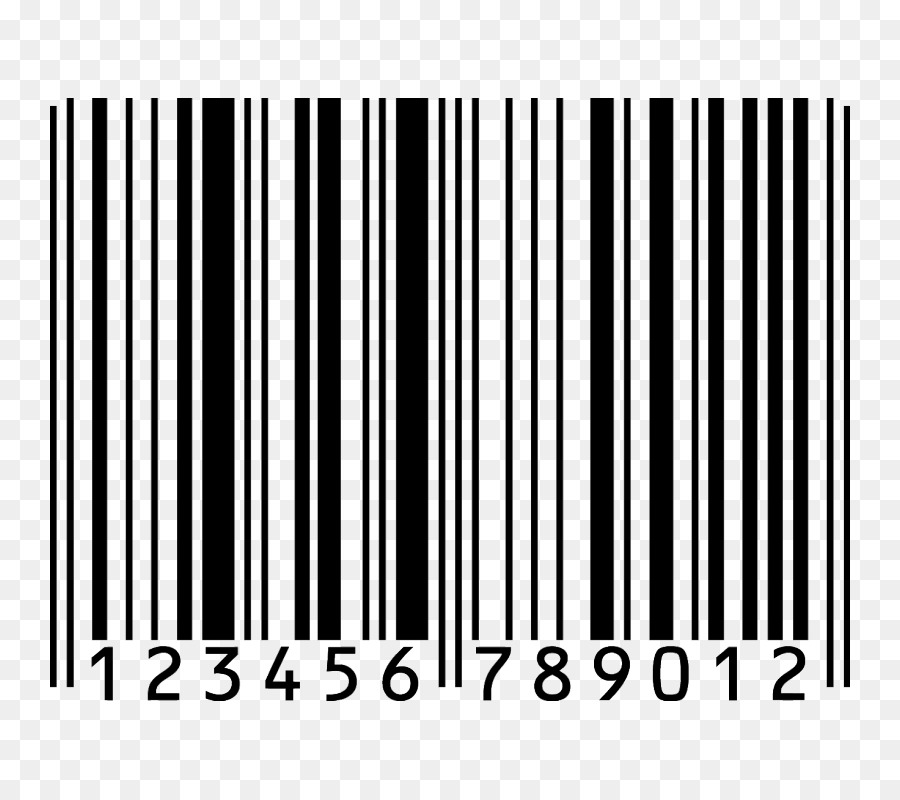Barcode scanners read the white bars not the black bars

Barcode Scanners: Decoding the White Bars

When it comes to barcode scanners, have you ever wondered how they actually decipher those mysterious black and white lines? Contrary to popular belief, barcode scanners rely on the white bars rather than the black bars to read and interpret the information encoded within the barcode. In this article, we will explore the fascinating process behind barcode scanning and how the white bars play a pivotal role.
Barcodes, which are found on a wide range of products, contain valuable information such as product codes, prices, and other data. They consist of a series of vertical bars of varying thickness, with each bar representing a unique binary code. These codes are read by barcode scanners to retrieve the encoded information.

But why does the barcode scanner focus on the white bars? The answer lies in the technology used within the barcode scanner itself. Most barcode scanners use a light source, typically a laser, to scan the barcode. This light source emits a beam that reflects off the barcode, with the black bars absorbing the light and the white bars reflecting it back.
As the laser beam sweeps across the barcode, a sensor within the scanner detects the reflected light. The sensor identifies changes in light intensity, specifically recognizing when the laser beam transitions from the white bars to the black bars. This pattern of light and dark transitions is subsequently converted into binary code, which in turn represents the encoded information within the barcode.
The reason why barcode scanners focus on the white bars is because they provide a clear distinction between the light and dark areas. The reflected light from the white bars is significantly stronger than the absorbed light from the black bars. By focusing on the white bars, the scanner can accurately detect the transitions between the white and black areas, ensuring a precise reading of the barcode.
Moreover, the use of white bars enhances the readability of barcodes in various lighting conditions. When exposed to low light or glare, the contrast between the white and black areas remains relatively clear, making it easier for barcode scanners to interpret the barcode accurately.
In conclusion, barcode scanners read the white bars rather than the black bars to decode the information within a barcode. By focusing on the reflected light from the white bars, scanners accurately identify the transitions between the white and black areas, ultimately retrieving the encoded data. So, the next time you scan a barcode, remember that it’s the white bars that hold the key to unlocking the information behind those enigmatic lines.
Source: Wikipedia
Share
Related Posts
Quick Links
Legal Stuff

